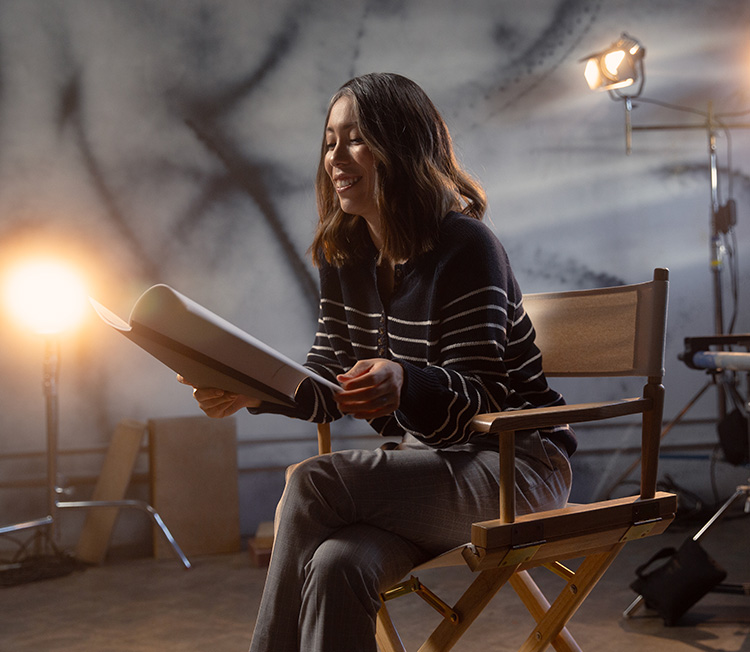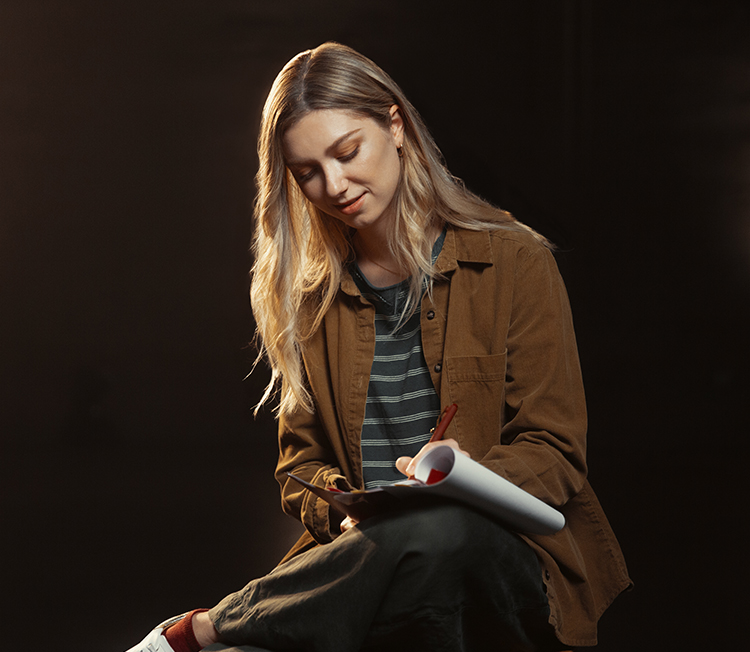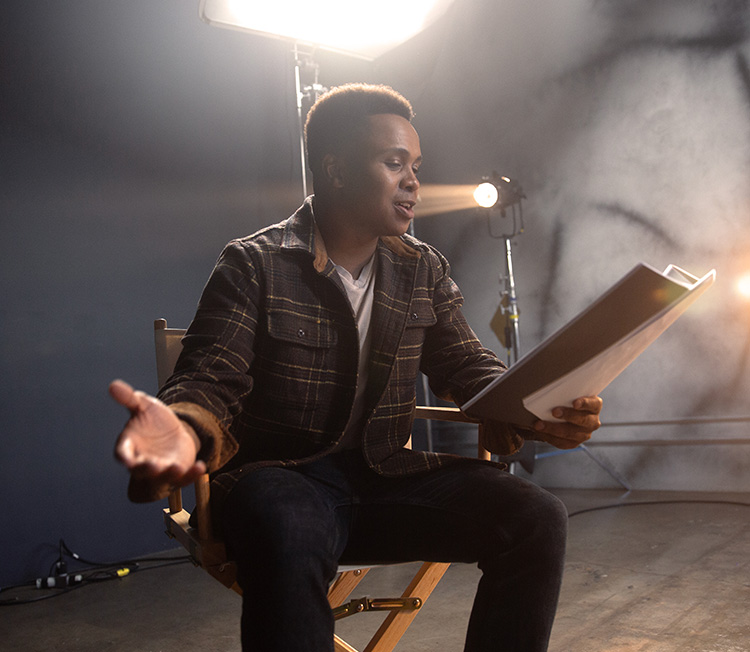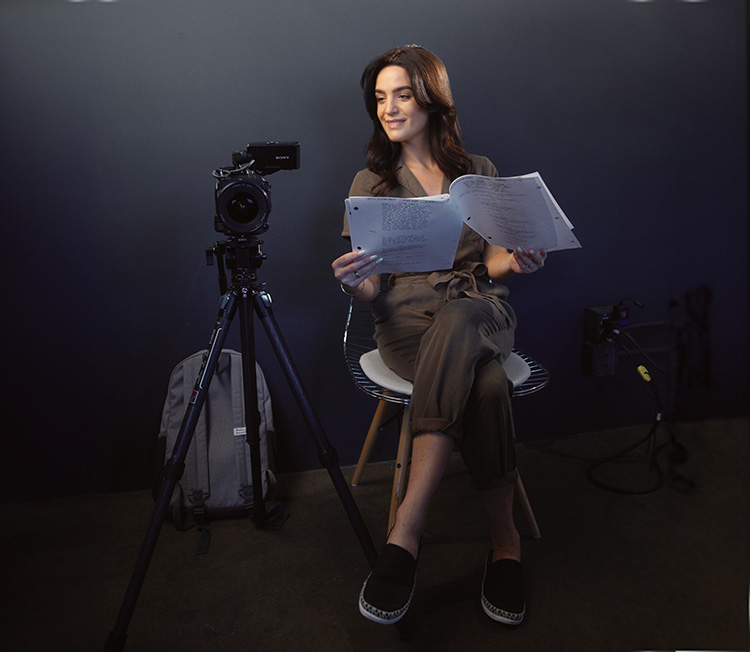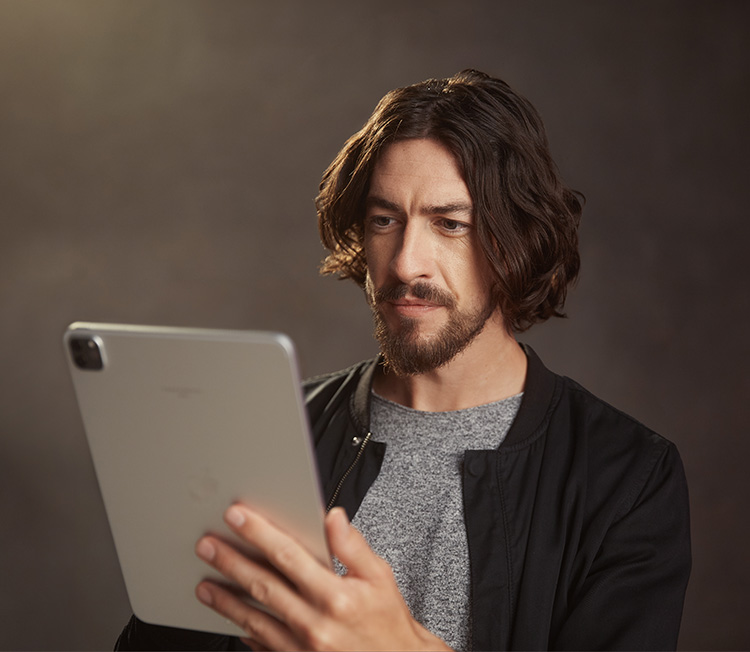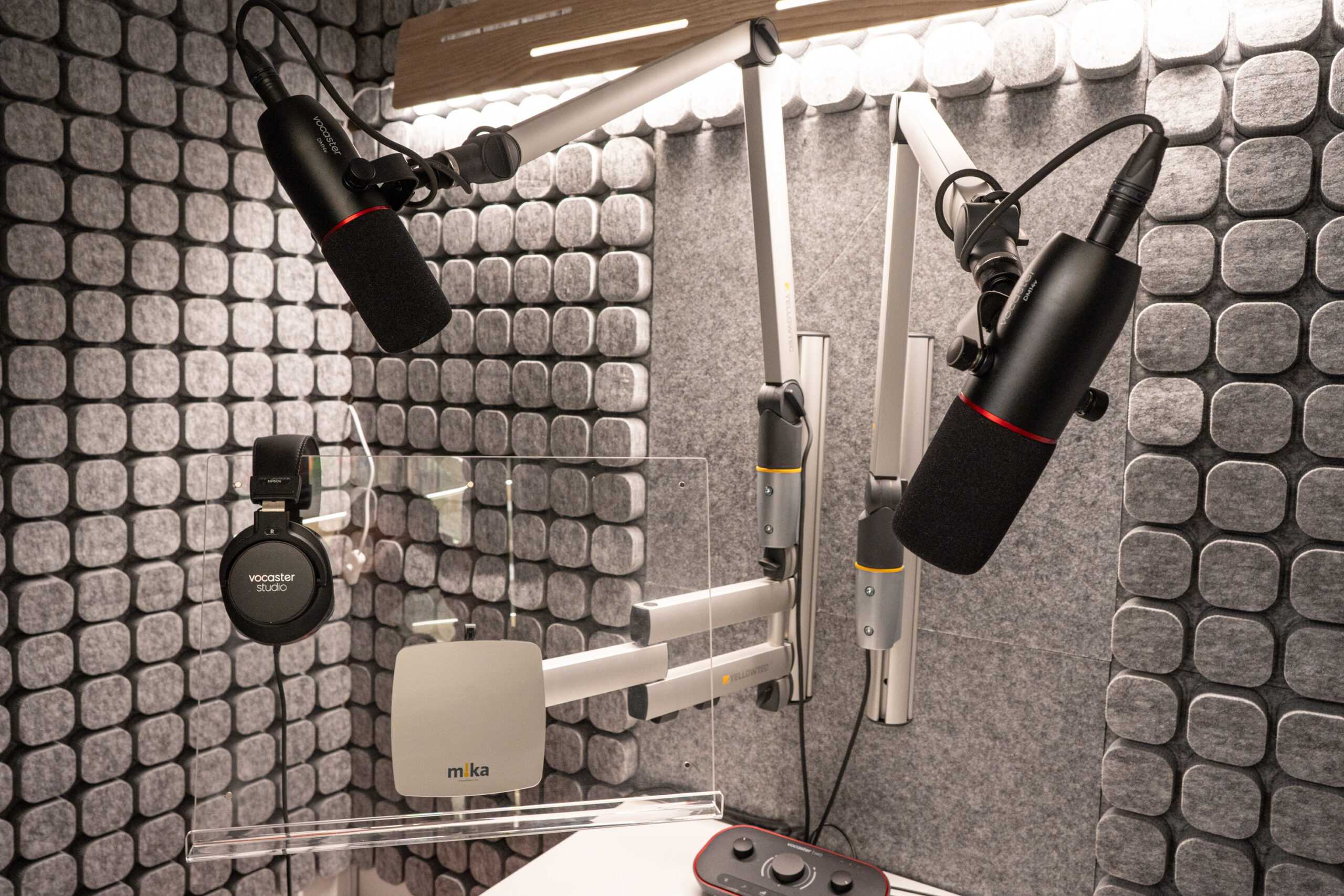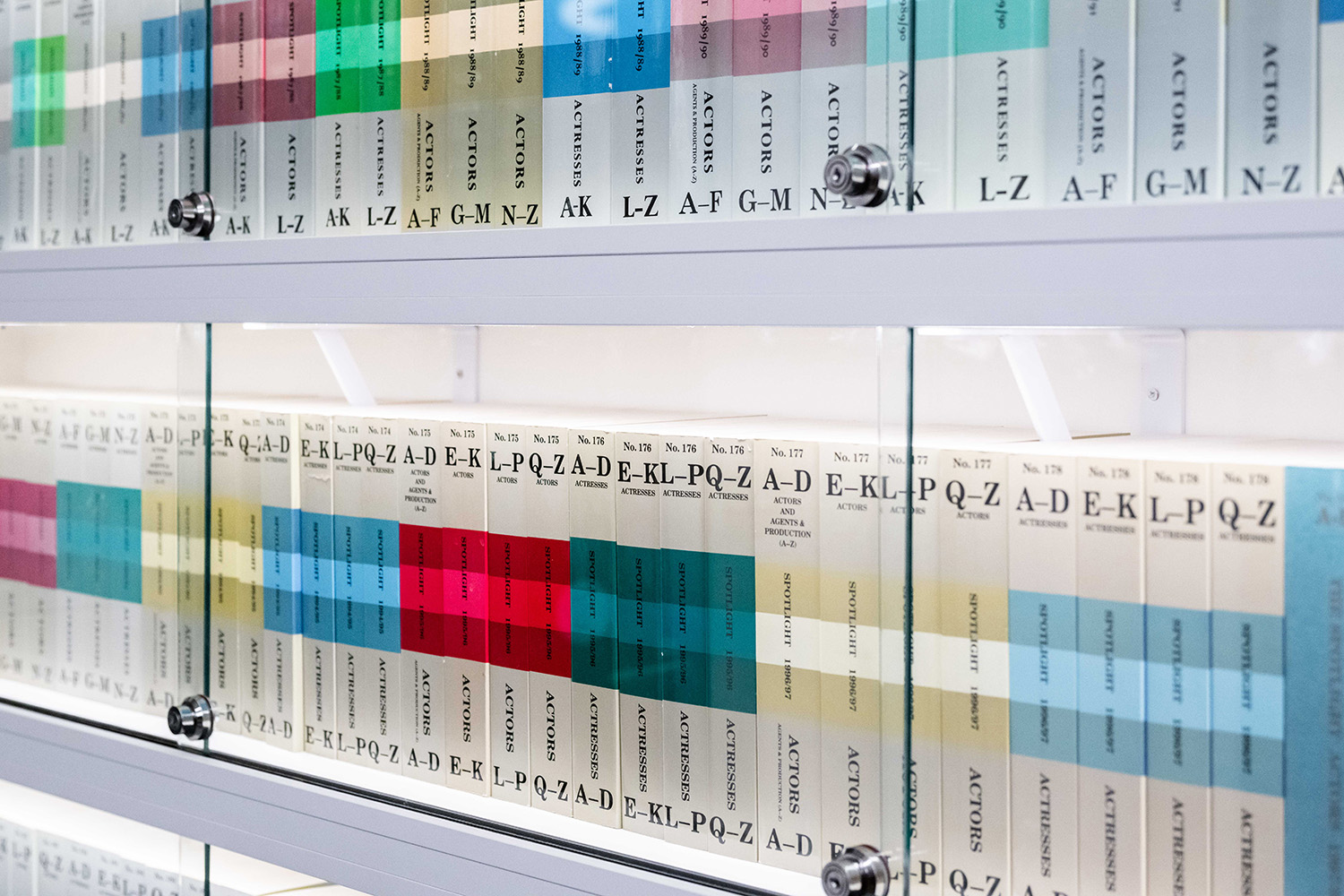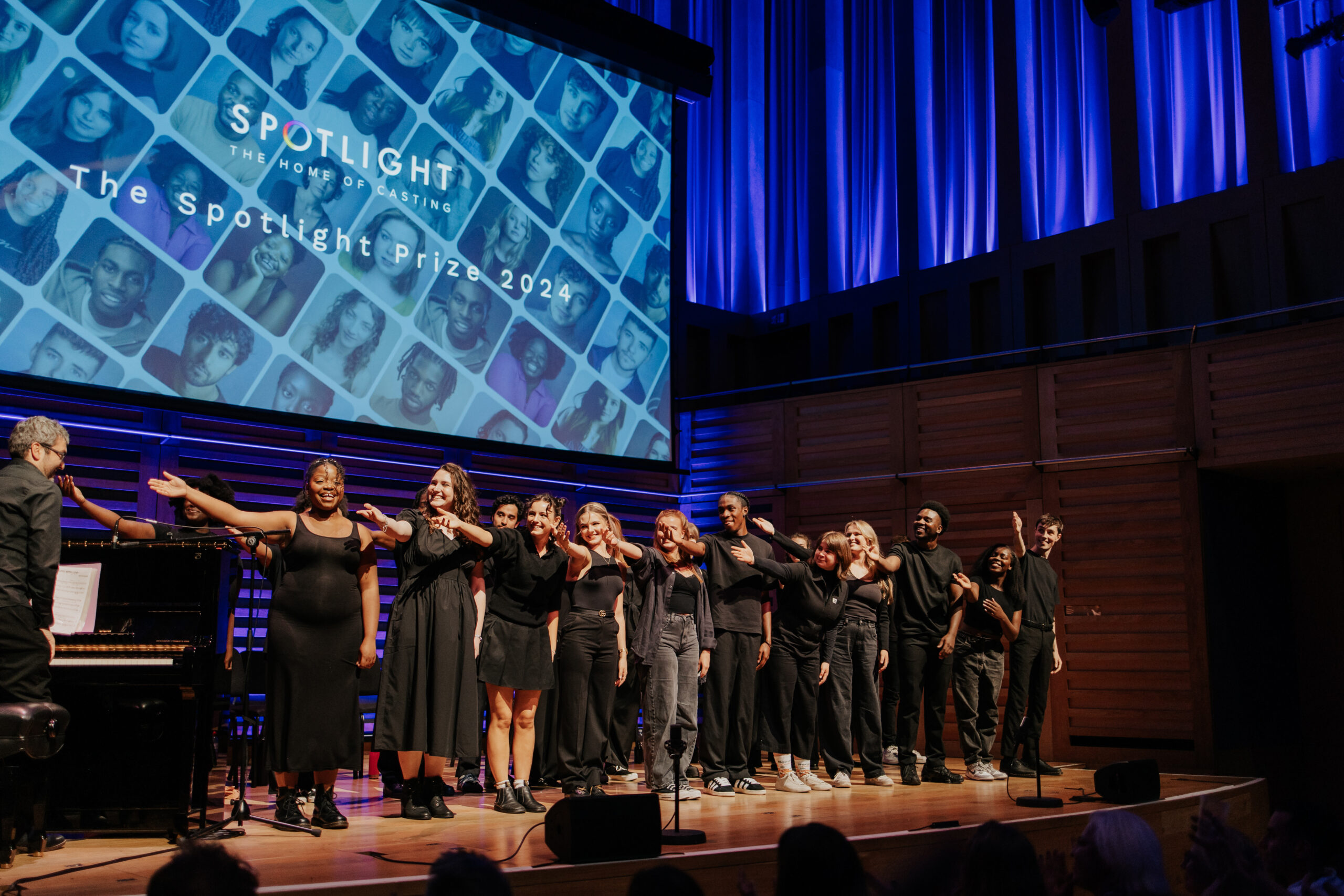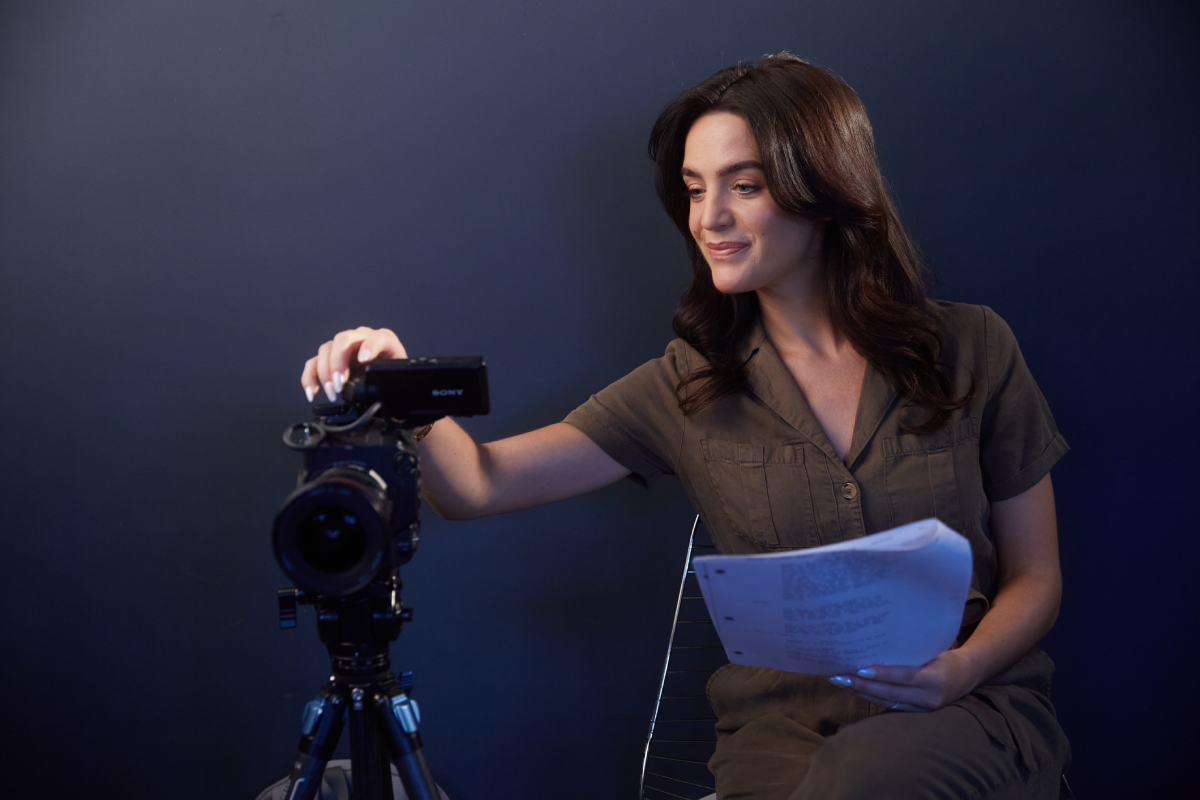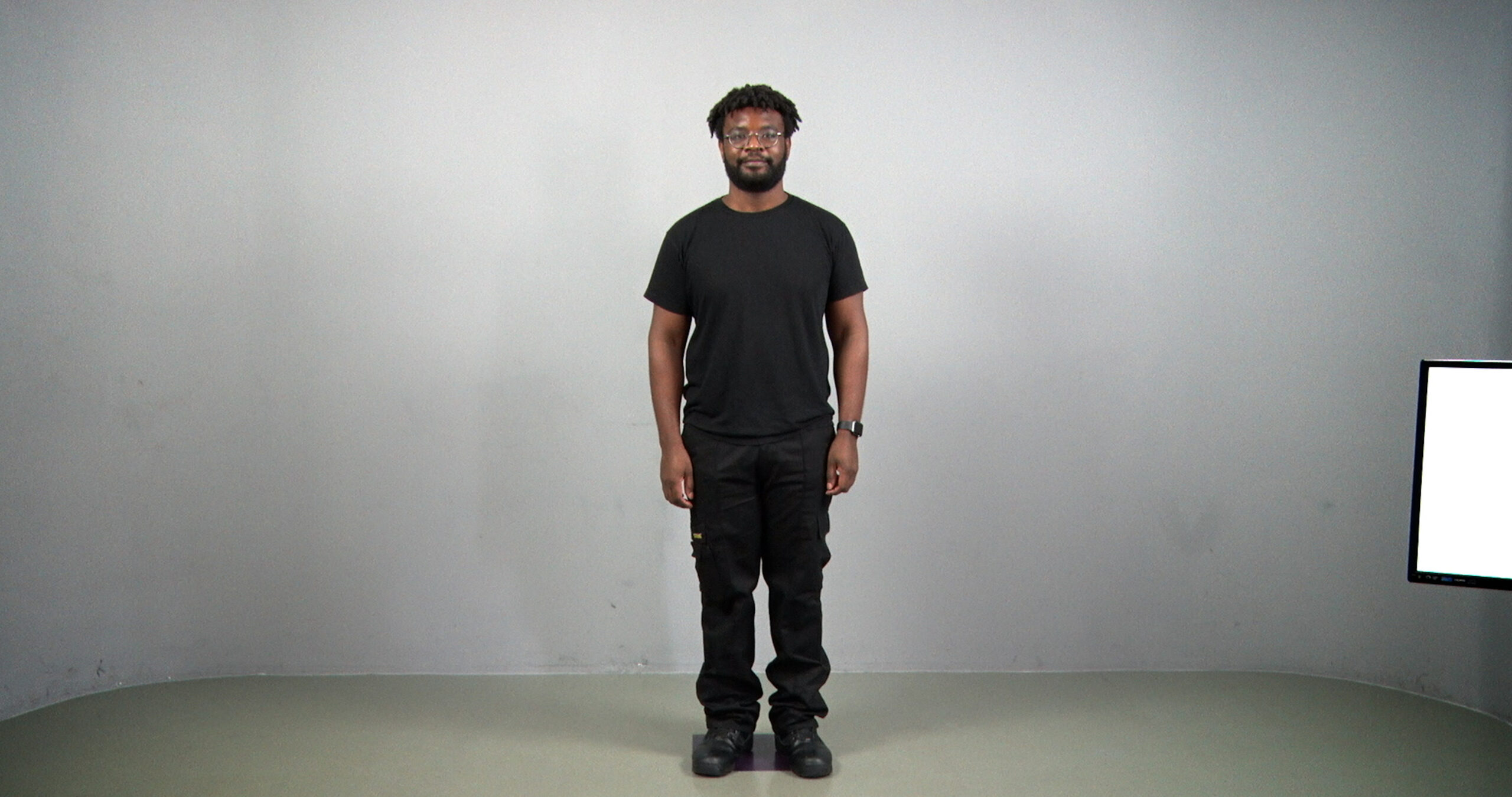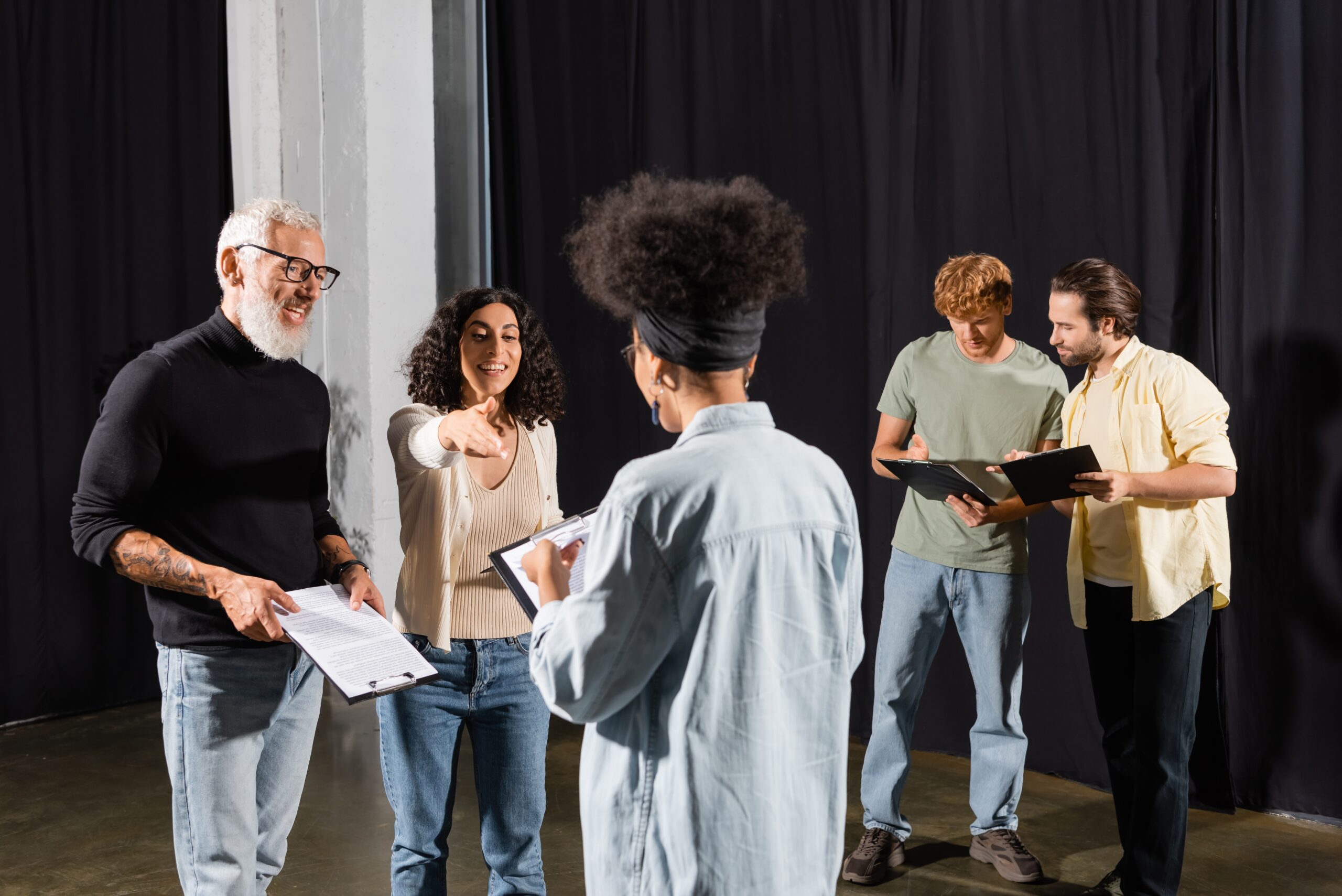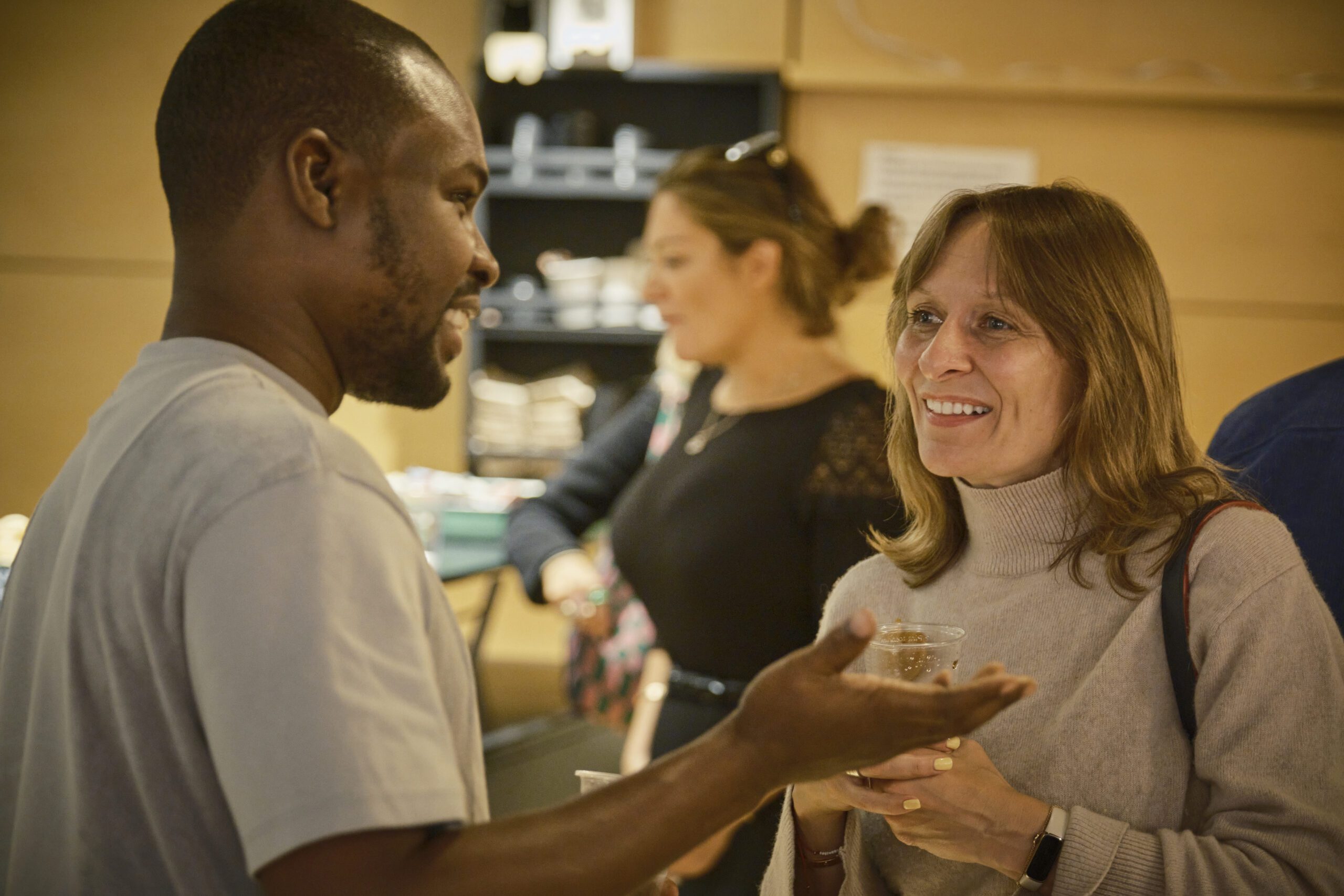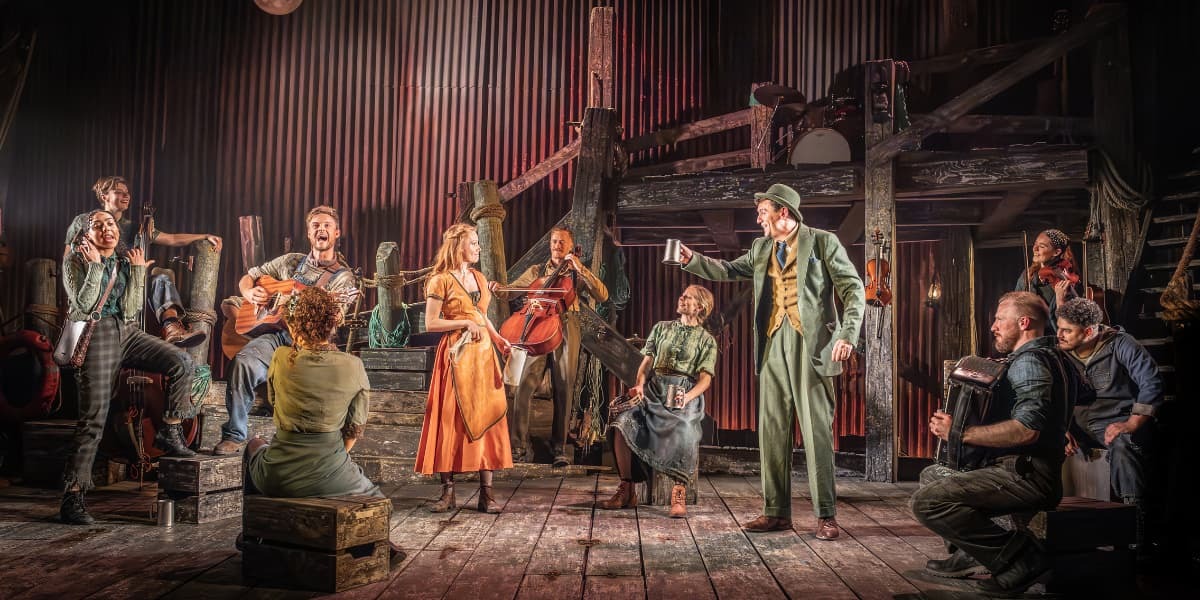Everything you need to know about filming an ident and full length shots.
An ident – sometimes called a slate – is a purely technical part of the audition process in which you state your name, your agent (or that you’re self-represented) and occasionally a few other details. It’s used by casting directors to help organise their footage and get a sense of what you look and sound like.
It’s very common for performers to overthink their ident, but you really don’t need to as it’s just an administrative part of the audition, not the audition itself.
Watch this video to see what an ident could look like:
What do I need to do in the audition room?
You will usually be talked through what you need to do by the casting director or their assistant when you’re in the room but here’s what you can expect:
An ident for film, TV or theatre will usually involve you addressing the camera stating:
- Your name
- Your agent (if you don’t have one just say “self-represented”)
- A full length shot of your whole body
- Sometimes they may ask you to answer other questions, for example, your location, height or availability for certain dates.
An ident for a commercial will usually involve you addressing the camera stating:
- Your name
- Your agent, (or say “self-represented” if you don’t have one)
- Your hands, held up to the camera to show your fingers,
- Profile shots where you turn to each side so they can see what you look like from the side
- A full length shot of your body
- They’ll usually have additional questions that they may want you to answer e.g. have you have been featured in an advert for a competing product? What’s your date availability? Do you have any allergies (important when casting a food product)? etc.
Do I need to talk about myself?
Usually not but on the rare occasion you may be asked for a bit of information about yourself. This is usually called an ‘about me’ and if you’re asked for it, keep it to a few short, concise sentences. The casting team just want to get an idea of what sort of person you are, but they don’t need your life story.
Remember, if they haven’t asked for it, then you don’t have to do it.
What about filming an ident for a self-tapes?
When filming an ident for a self-tape it’s important to film it in landscape, as you would the rest of the self-tape. Videos filmed in portrait can cause problems with the casting directors’ workflow.
Read any instructions that you’ve been given carefully and take note of any additional questions that they may ask you to answer.
When you’re ready, film your idents following the instructions above, depending on if it’s for film, TV, theatre or a commercial. You can usually record the ident as a separate clip and then film the full length body shot as a separate clip.
If you have any questions about an ident for a specific self-tape, then it’s best to reach out to the casting director to ask. They would rather you ask for help and get it right than keep quiet and do it wrong.
How do I film the full length shot?
The full length shot is simply to see what your whole body looks like. Often performers will record it as a separate clip, which we would recommend. If you don’t have space indoors to get your full body on camera, then you can always record it outdoors.
It may be very tempting to turn the camera to portrait, but please film it in landscape no matter what may be in the shot to the side of the frame. You don’t need to overthink the full length shot at all – remember it’s not the audition itself.
If I’ve been asked to send just one clip, do I need to film it all in one go?
Not necessarily. Make things easy on yourself and film the ident, full length and your audition separately then join them together if they have asked for you to do so. We’ve made a video demonstrating how to do some basic video editing to stitch video files together. It can also be done fairly easily on a smartphone.
If you are really struggling then reach out to the casting director, they’ll usually be very understanding.

